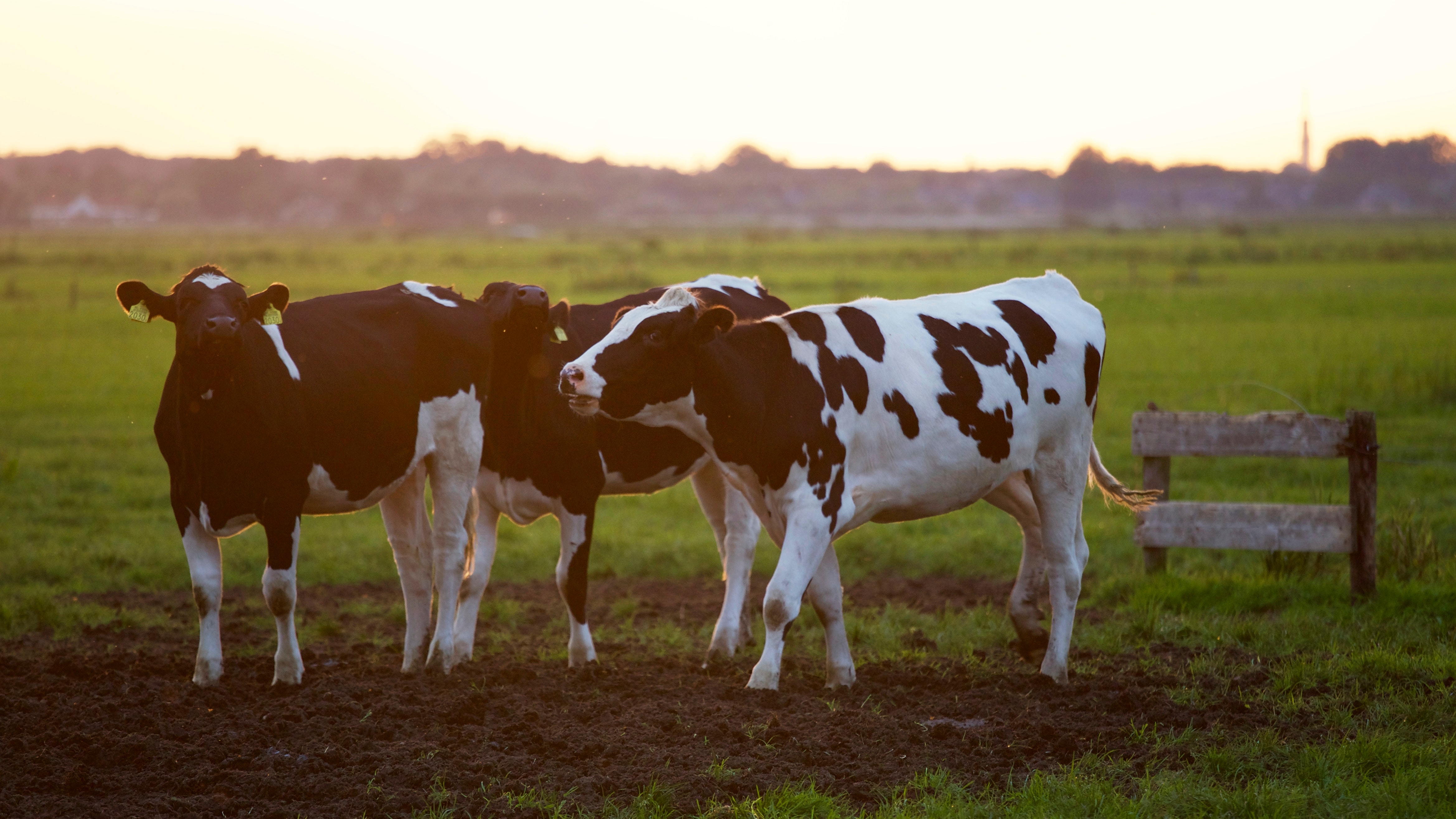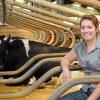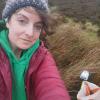The livestock industry presents many challenges and opportunities for the future. Some of these include:
- Disease management
- Changing consumer preferences
- Increasing globalisation and interconnectedness within the industry
- Technological advancements
- Environmental concerns
- Regulatory changes
To help the industry navigate these factors, knowledge production and sharing will be of increasing importance. Please share tools, information and resources for the livestock industry.





